Panel_Build_Series__Wrap_Up.pdf
What happens once the panel is complete?
The panel needs to be installed on site with the owner and other contractors. Make sure you have help! After installation, you can start the field wiring phase- work with the electrician! Label field wires clearly. Move on to start up and commission phase. Problems will arise, be patient and keep working.
Transcript:
[0m:4s] Hi I'm Josh Bloom, welcome to another video in the RSP Supply education series. If you find that these videos are helpful to you, it certainly helps us out if you could give us a big thumbs up and subscribe to our channel.
[0m:16s] In today's video, we are going to wrap up our panel build video series. If you have not had the opportunity to watch this series, we encourage you to go back and watch from the very beginning to gain a solid understanding of what it takes to plan, design, build, wire, and test one of these control panels.
[0m:38s] We appreciate all of the feedback and participation we have received up to this point.
[0m:44s] For the purpose of this video, we wanted to take some time to discuss the next steps we commonly go through once the control panel has been completed.
[0m:54s] While these steps will not be included in this series, we felt that it was important to share so that those who are going through this process might continue to gain an understanding of what happens next.
[1m:8s] Once the panel is complete, it needs to be installed on site. This installation needs to be done in coordination with the owner of the site as well as other contractors working on site, commonly the electrician.
[1m:24s] It is important to make sure that you have help during this process because depending on the size of the panel, they can be very difficult to install.
[1m:33s] Is important that you take care not to damage any of the hardware while installing the panel.
RSPSupply
1-888-532-2706
www.rspsupply.com
www.youtube.com/RSPSupply
[1m:40s] Once the panel is installed, you can begin the field wiring phase. Again, this step will require you to coordinate with the electrician responsible for pulling field wire to the enclosure holding the control panel.
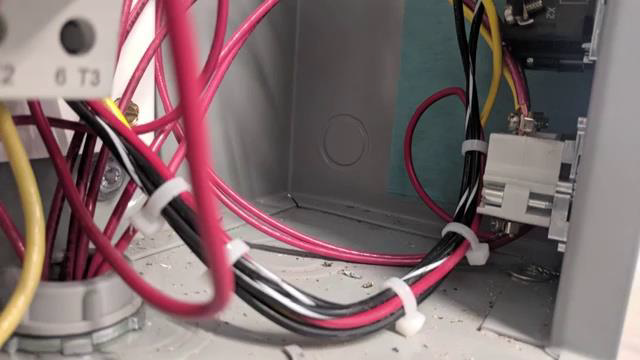
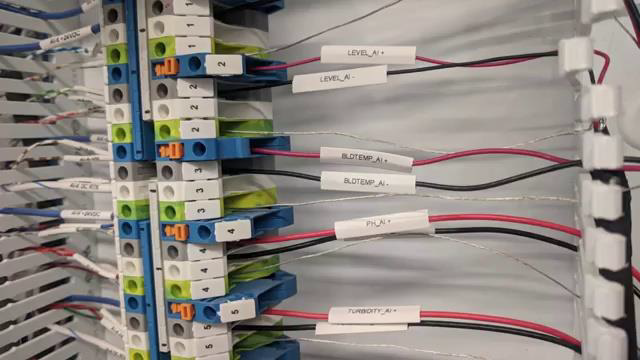
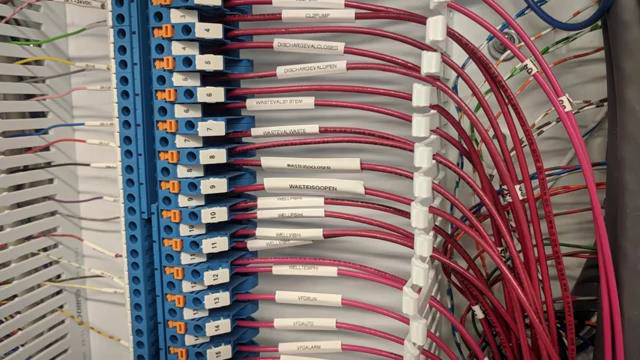
[1m:56s] It is very important that during this step, all of the field wires are labeled clearly and identified clearly so that you or the person landing the field wires understands clearly what wire is associated with a particular signal.

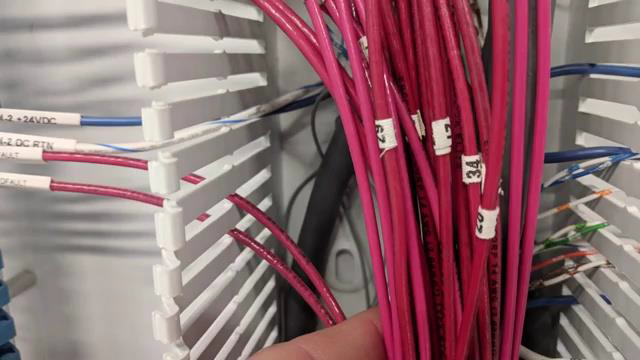
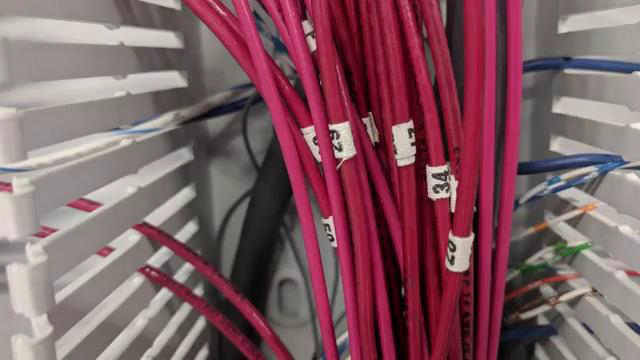
[2m:13s] If mistakes are made during this step, it can lead to a lot of headaches when time comes to start everything up and begin testing.
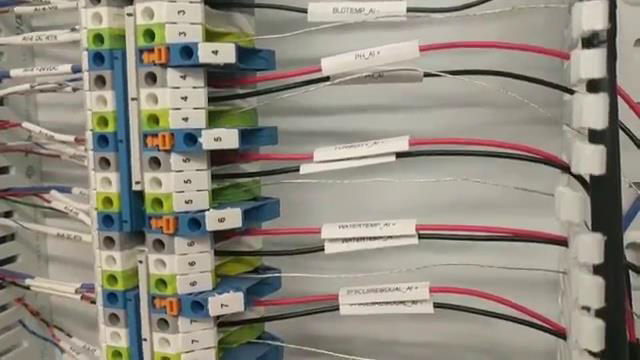
[2m:21s] So, again, work closely with the electrician on site to make sure that everyone is on the same page and everyone is following the same plans to avoid any issues. Once all of the field wires have been landed in both the control panel and on the field side of each instrument or device, it is time to move on to the startup and commissioning phase of the installation process.
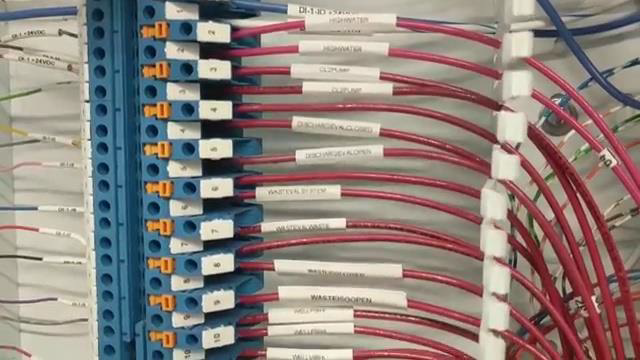
[2m:46s] During this step, it is common to see additional personnel brought on site as each piece of the puzzle is brought online.
[2m:54s] During this phase, you will very commonly be starting large motors, opening and closing critical valves, checking critical values such as flow, level, and pressure.
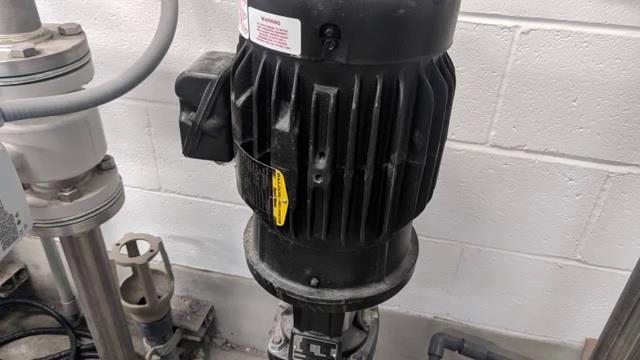
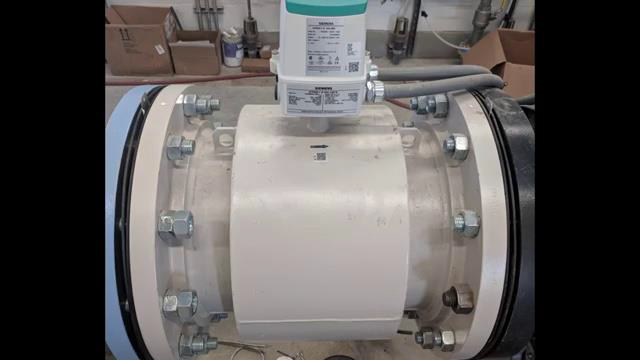
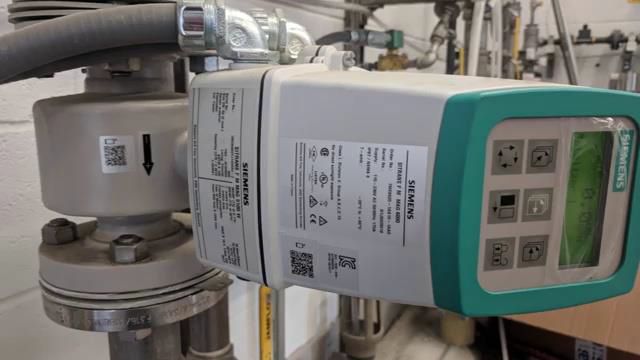
[3m:6s] So because this step typically has a lot of moving pieces, it can take some time and a lot of coordination between many different parties to make sure that everything functions as expected.
[3m:19s] Expect during this step problems will arise and need to be dealt with one at a time.
[3m:25s] However, over time, problems will begin to dissipate and give way to a functioning system that is being controlled and monitored through your control panel as well as many other control systems that may be involved.
[3m:38s] This is an exciting time when everything finally comes together. Just a reminder: the panel in which we fabricated in this series was intended for a SCADA system used in a plant environment controlling and monitoring many different systems. The panel you build may be much different, but many of the principles that we discussed throughout this series will still apply.
[4m:2s] Once again, we greatly appreciate all of your support and participation throughout this process. We have enjoyed sharing the steps we use when fabricating a control panel.
[4m:13s] We hope you have learned a few things along the way. As always we welcome any feedback you might have in regards to this series or any of our other educational videos. So as always, we thank you and we'll catch you in the next one.
[4m:27s] For a full line of industrial control panel hardware and thousands of other products, please go to our website. For more information or other educational videos, go to RSPSupply.com, the Internet's top source for industrial hardware. Also, don't forget: like and subscribe.




